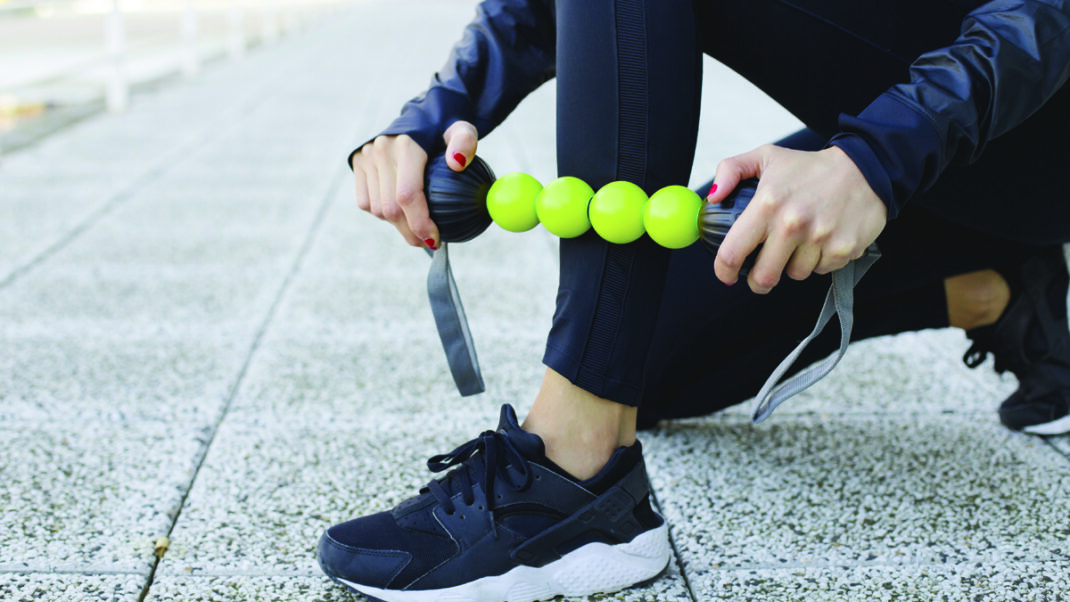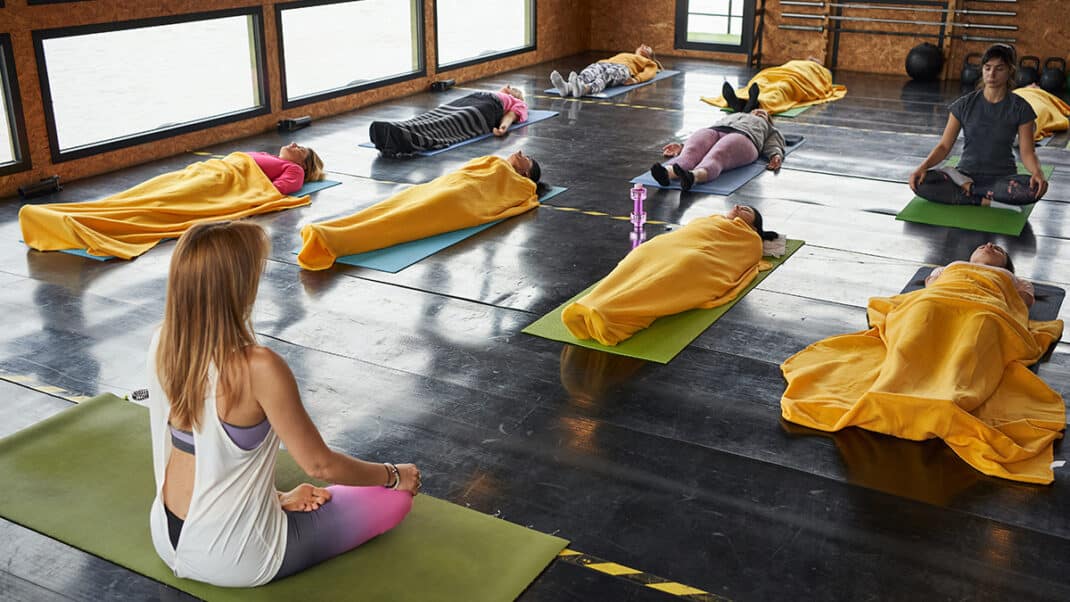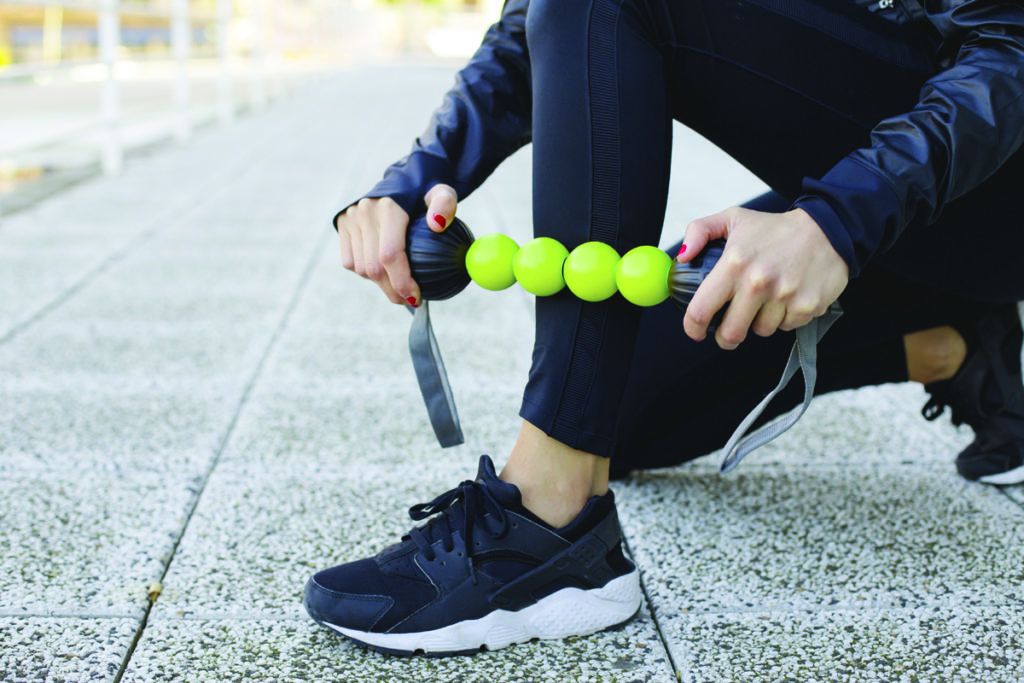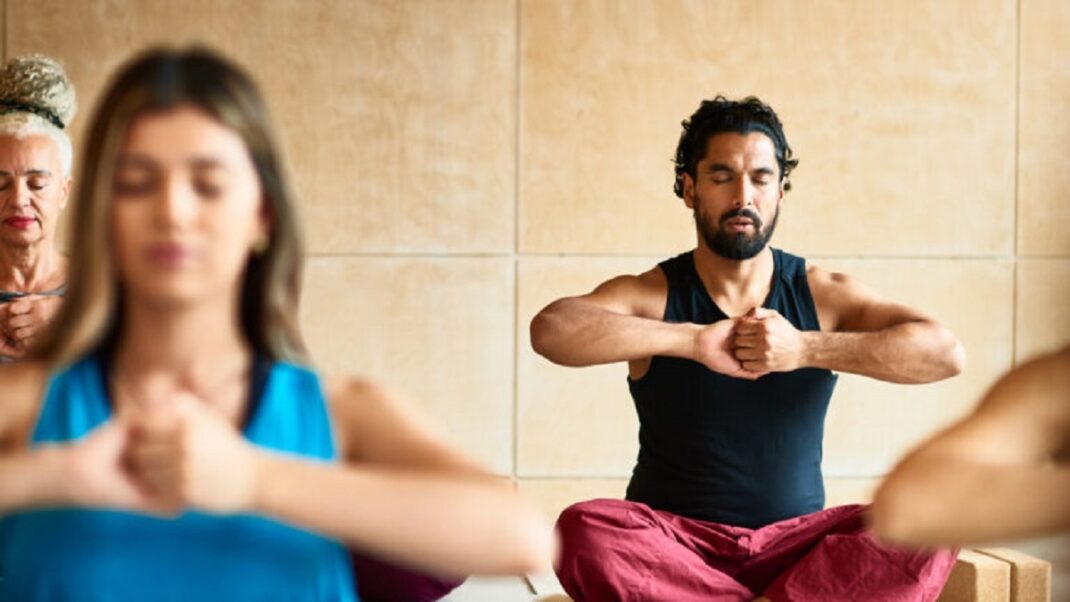Why Rest Is the Secret Ingredient to Getting Stronger

Why Recovery Deserves More Credit
If you’ve ever pushed through a tough workout, you know the soreness that comes after. But did you know that’s when the real magic happens? While many people focus on lifting heavier weights, running faster, or stretching deeper, it’s during recovery that the body actually improves. Muscles rebuild, energy levels reset, and your body becomes stronger and more resilient. Without proper recovery, workouts don’t just feel harder—they can actually stop working altogether.
In recent years, recovery has gone from a forgotten side note to a top priority in fitness. Experts and everyday exercisers alike are starting to recognize that rest isn’t just a break from the gym—it’s a vital part of making progress. And the best part? Recovery isn’t just for elite athletes. It’s for everyone.
Recovery Isn’t New—But It’s Evolving
The idea that your body needs rest after hard work isn’t revolutionary. Ancient athletes knew they needed downtime to perform well, even if they didn’t have the science to explain it. Over time, researchers developed concepts like “supercompensation”—a fancy term for how your body improves after stress when it’s given time to recover. Coaches began designing training plans with planned rest days built in, helping athletes perform better and stay injury-free.
Today, we know even more. Traditional recovery meant rest days and sleep. Those are still important, but now we have more tools: light cardio to keep the blood flowing, foam rolling to ease muscle tension, gentle stretching, and even high-tech options like cryotherapy or wearable fitness trackers. Recovery has gone from “just take it easy” to a customized, science-backed process that helps people feel and perform their best.

Why Recovery Matters More Than Ever
Life is busy. Between work, family, and all the pressures of daily living, many people are under constant stress. That stress doesn’t just disappear when you start a workout—it adds up. That’s why fitness today needs to do more than just help people sweat. It also needs to help them heal.
When recovery is part of your routine, you’re less likely to get injured, burn out, or lose motivation. Recovery-focused programs support better sleep, stronger immune systems, and more consistent progress. And that’s what most of us want: not just a quick fitness fix, but lasting health.
Recovery is also becoming big business. Many gyms now offer recovery lounges with massage tools, compression boots, or infrared saunas. And you’ve probably seen someone using a massage gun or wearing a sleep tracker. These tools help people understand what’s going on in their bodies—and how to train smarter, not just harder.
What’s New in Fitness Recovery
One of the most exciting changes in recovery is the rise of wearable technology. Fitness trackers and smartwatches can now monitor things like heart rate variability (HRV), which gives clues about how ready your body is for intense exercise. These devices also track sleep, giving you insight into how well you’re actually resting. Some even offer a “readiness score” to help you decide whether to go hard or take it easy.
Meanwhile, active recovery is getting a makeover. Gentle movement—like walking, light biking, or yoga—can actually help you feel better faster than complete rest. Foam rolling, dynamic stretching, and mobility drills are also part of the mix. They help improve how your body moves and reduce the chances of injury.
Then there are specialized recovery tools, once only available to pro athletes, now accessible at local gyms and studios. Things like cryotherapy chambers (which use extreme cold to reduce soreness), massage guns, or air-compression leg sleeves are helping people bounce back quicker. While not everyone needs or can afford all these tools, knowing what’s available can help you make informed choices about what fits your goals and lifestyle.
How to Make Recovery Part of Your Routine
Whether you’re working with a personal trainer or following your own plan, recovery should be a core part of your fitness routine. That means building in rest days on purpose—not just when you feel tired. It also means learning to listen to your body, and adjusting when needed.
Trainers and coaches can help by teaching clients about the value of sleep, hydration, and good nutrition as part of recovery. They might also guide clients through foam rolling or stretching routines, or recommend breathwork and mindfulness to manage stress and support recovery between sessions.
If you use a fitness tracker, it’s helpful to have someone who can explain the numbers and guide you in what they mean. For example, a low HRV might mean your body needs more rest today—but that’s not something to panic about. The goal is to use data to make better choices, not create more pressure.
Sometimes recovery means working with a broader team. If you’re dealing with chronic soreness, injury, or sleep problems, you might benefit from seeing a physical therapist, massage therapist, or sleep specialist. The best coaches know when to refer out—and it’s a sign they’re looking out for your full health.

Tips for Better Recovery
Want to get more from your workouts and feel your best? Here’s how to make recovery part of your plan:
- Personalize it. Everyone’s recovery needs are different. Your age, training style, lifestyle, and stress levels all play a role.
- Stay curious. The science of recovery is always growing. Read up on new tools and approaches—but stick with what’s proven and works for you.
- Lead by example. If you’re a fitness leader, your habits set the tone. Show your clients or community that rest is not weakness—it’s wisdom.
- Make it part of your brand. If you’re in the fitness business, talk about recovery. Offer recovery sessions or share tips online. People are hungry for guidance that supports full-body wellness.
The Bottom Line
Recovery isn’t a luxury or an excuse to skip a workout. It’s a critical part of making progress, staying healthy, and feeling great. Whether you’re just starting out or training at a high level, your body needs time and care to rebuild and grow stronger.
By making recovery a priority—alongside movement, nutrition, and sleep—you’re setting yourself up for long-term success. And if you’re a fitness professional, embracing recovery doesn’t just make you a better coach—it makes you a true partner in your clients’ lifelong health.




